Interested in experiencing a museum that encapsulates the essence of Vancouver? Look no further than the Museum of Anthropology.
Within MOA lies the world’s premier collection of Northwest Coast Indigenous sculptures, totem poles, and antiquities, serving as a mere glimpse into its vast offerings.
Furthermore, it serves as a comprehensive hub for cultural artifacts spanning diverse civilizations across the globe.
Allow us to provide you with a guide to help you visit like a pro.
The Museum of Anthropology Vancouver
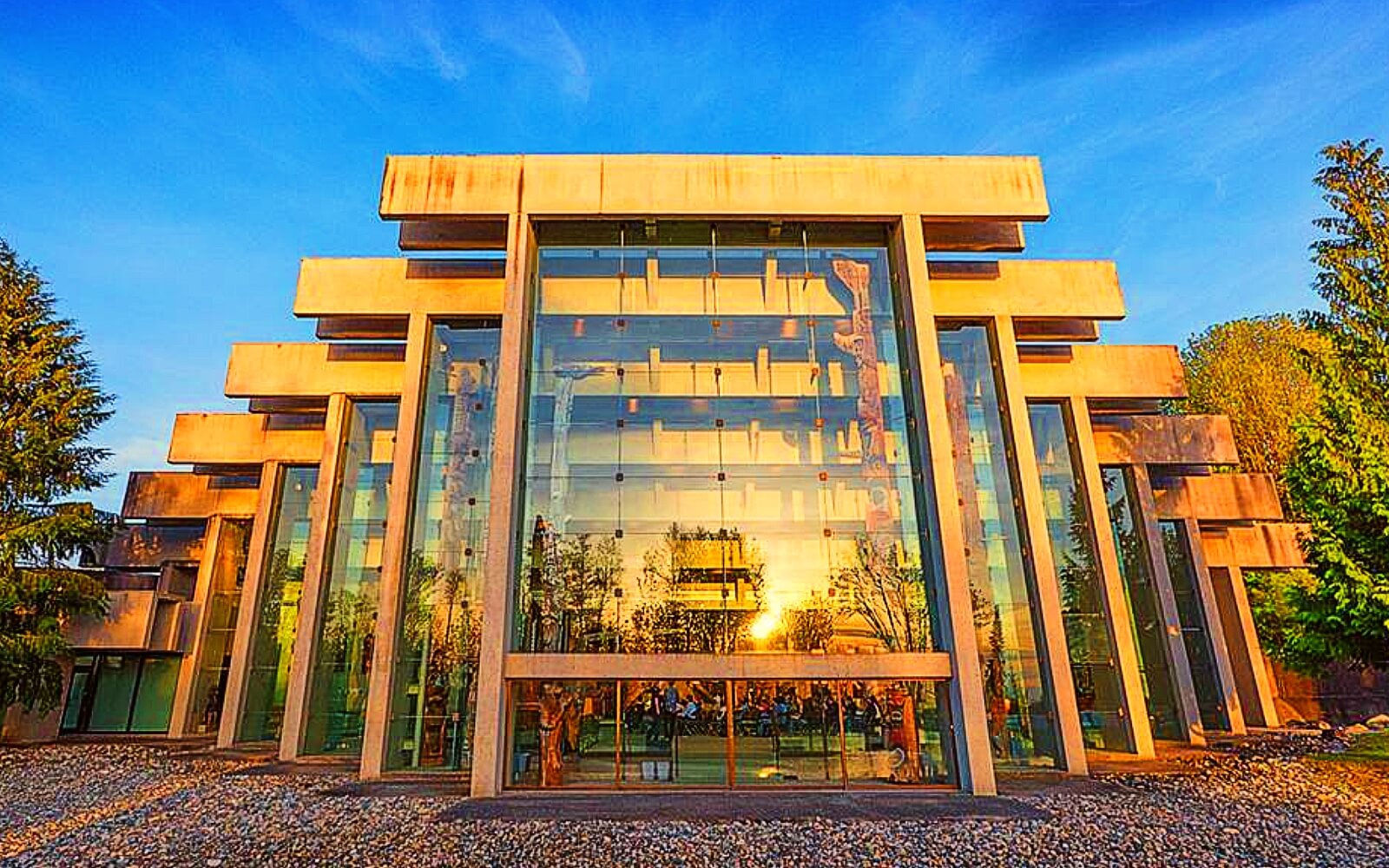
We mentioned it as #1 in our list of things to know before visiting Vancouver – the city lies on the still unceded territory of the Musqueam, Squamish and Tsleil–Waututh First Nations.
To get a true sense of the history of the region then it’s imperative to take the time to learn about the culture and art of the people who called Vancouver home long before settlers arrived.
Enter the Museum of Anthropology at UBC.
☄️ Need custom advice on how to plan your Vancouver holiday? Join our Vancouver Vacation Help Facebook group – you can ask any question you want and we’ll respond with custom advice – for free!
Home to one of the premier collections of Coastal First Nations art and antiquities anywhere on the planet, the MOA has played a critical role in bringing Indigenous art into the mainstream, both in Canada and abroad.
It’s on top of our list of the best museums in Vancouver.
MOA is also a functioning research and teaching facility and the province’s preeminent Anthropological museum.
The MOA Collection
While it’s most famous for pieces from famed Haida artist Bill Reid and other Indigenous artists, many are surprised to learn that nearly half of the pieces at the MOA are sourced from Asia and Oceania.
In fact, the museum possesses significant holdings from the Arctic, Latin America, Europe and Africa, making it a truly global Anthropological facility.
In total the MOA collection houses more than 50,000 ethnographical and 535,000 archaeological objects!
This veritable bounty of relics is spread throughout a handful of permanent displays that are further augmented by a rotating cast of temporary exhibits.
Exhibitions & Galleries

There are five permanent exhibits at the Museum of Anthropology at UBC and we’ll provide a brief overview of each below.
But first it’s important to note that museum staff offers free guided tours of these exhibits. We recommend timing your visit to receive your complimentary 60 minute tour.
Check out the MOA’s Tour Schedule page for more information.
The MOA Welcome Plaza
Before you’re even inside you’ll notice a beautiful collection of contemporary Musqueam.
Highlights include; Salish Footprint and Ancestor Figure by Susan Point and Transformation by Joe Becker. These pieces serve to welcome you both to the Musqueam territory and the museum itself.
The Welcome Plaza is officially named “xʷəńiwən ce:p kʷθəθ nəὠeyəɬ“ loosely translated to “remember your teachings” – consider this a piece of advice!
The Great Hall

Upon entering the facility most visitors will begin their journey in the Great Hall.
This beautiful space is enclosed by 15 metre high glass walls that overlook the Yosef Wosk Reflecting Pool, the UBC Endowment Lands and the Salish Sea below.
This spectacular view will provide you with a glimpse of the type of terrain and wildlife that has served as the inspiration to Coastal First Nations artists for time immemorial.
The awe inspiring results are on display for all to see, including a number of large totem poles, house posts and carvings. Many of these pieces are dated from prior to European contact.
Antiquities such as textiles, feast dishes and even canoes sit along side a wealth of contemporary art from Haida, Tsimshian, Tlingit and other Northwest Coast bands.
Notable highlights include; Raven Calling by Robert Davidson, Bone Box by Michael Nicoll Yahgulanaas and Welcome Figure by Joe David.
The beautiful Haisla War Canoe has always been my favourite.
The Bill Reid Rotunda
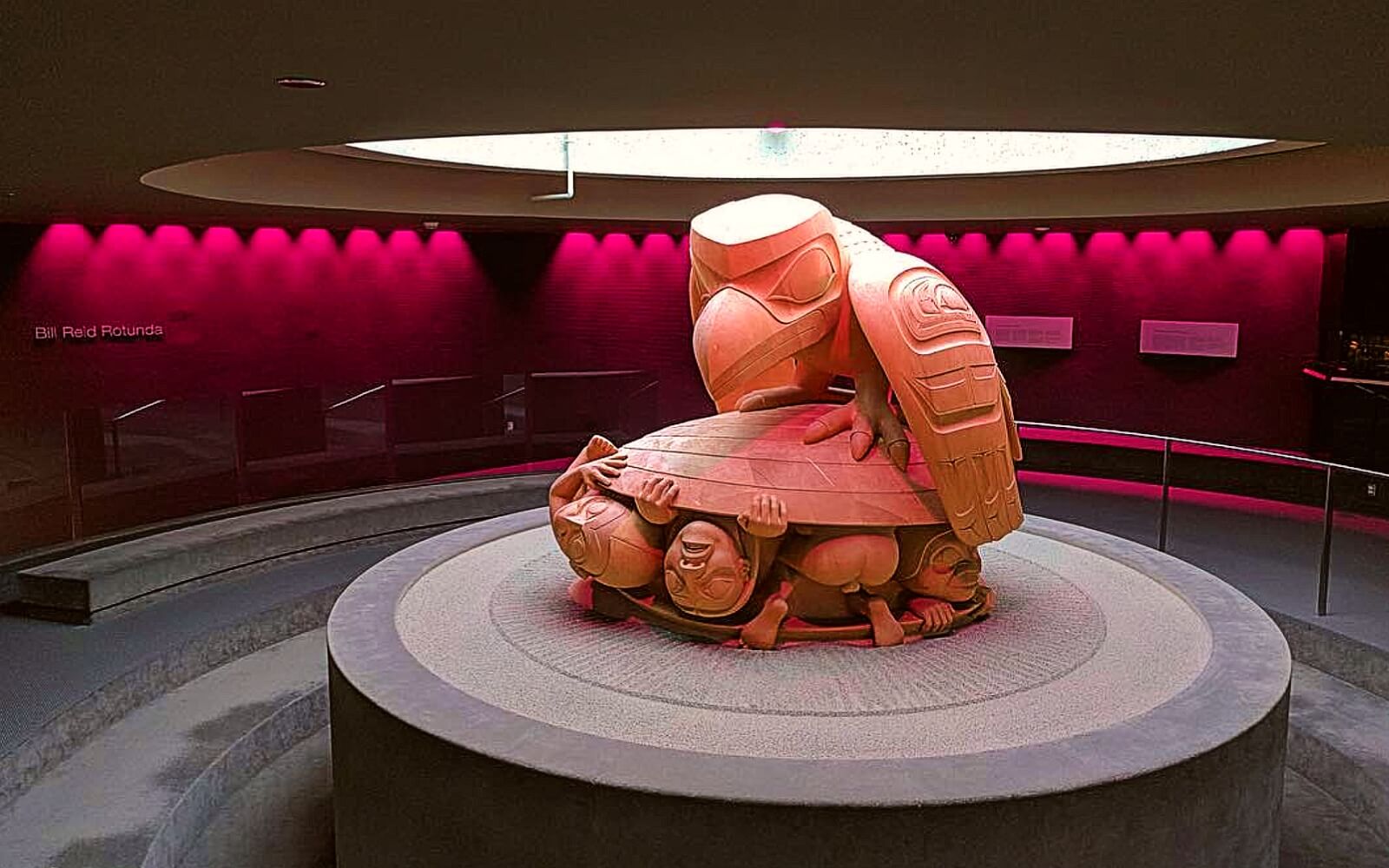
The star attraction at the Vancouver Museum of Anthropology is undoubtedly the Bill Reid Rotunda.
No single artist has done more to increase the popularity of Northwest Coast Indigenous art than legendary Haida artist Bill Reid Jr. (1920-1998).
A skilled jeweller, painter, carver and sculptor, Reid was able to achieve national and global acclaim by expressing the visual traditions of his ancestors in a more contemporary fashion.
Most visitors to Vancouver are likely to have already encountered some of his most famous works.
The famed breaching Orca in Chief of the Undersea World located at the Vancouver Aquarium and The Spirt of Haida Gwaii: The Jade Canoe at Vancouver airport are but two prominent examples.
However, it is at the MOA where you truly gain an appreciation for his genius.
The famous Raven and the First Men is the centre-piece of the rotunda.
Carved from a massive chunk of yellow cedar, the sculpture portrays an important Haida creation myth, where a Raven discovers the first men in a clam shell along the shore.
You will also get a glimpse of this Haida master’s beginnings, with an extensive collection of his gold, silver, bronze and argelite jewelry and carvings on display.
Also make sure you check out the Bill Reid Gallery downtown.
The Multiversity Galleries

The Multiversity Galleries are home to the majority of the MOA’s international research collection, including over 9000 objects from Asia, Oceania, Africa, Europe and Latin America.
Think stuff like Buddha statues, pottery, clothing and paintings.
For something a little more Vancouver, check out the massive collection of Kwakwaka’wakw masks arranged neatly in ritual order.
There is also an extensive collection of baskets, stone carvings and paintings from other Coastal First Nations groups, the Inuit, and other Indigenous communities around the world.
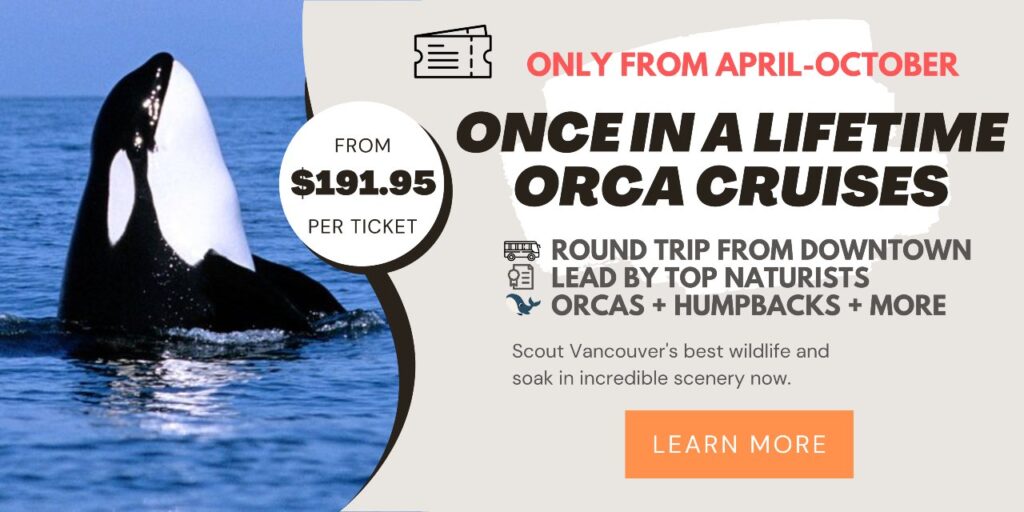
I find I learn more using the Innovative Digital Catologue Terminal System (MOACAT). This device allows you to search the museums entire collection with the touch of a finger.
Looking for a sneak preview? Check the MOA collection online to see what tickles your fancy.
Koerner European Ceramic Gallery
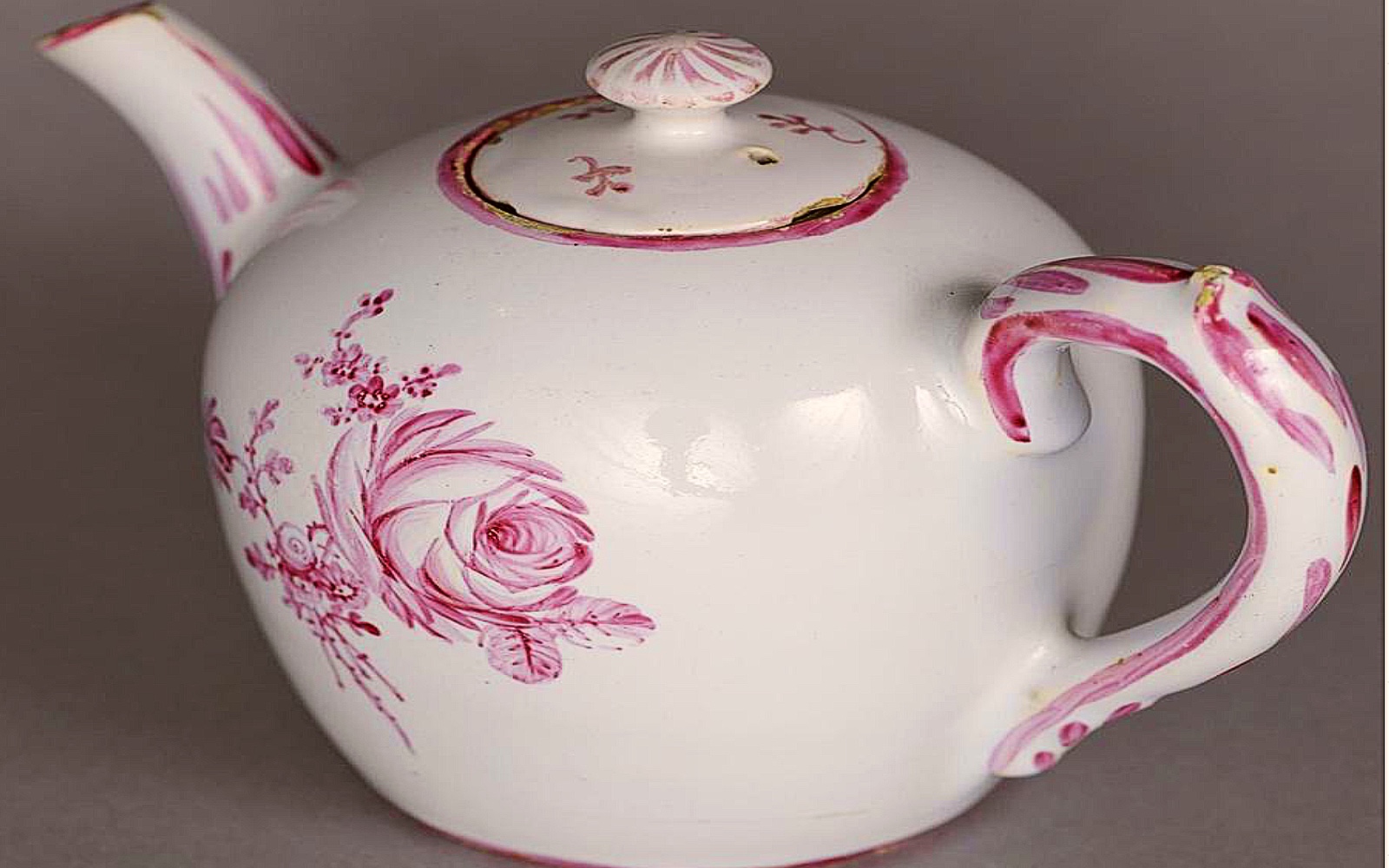
If you’re a fan a traditional European ceramics, the Koerner European Ceramic Gallery is home to more than 600 of the finest examples of European Pottery.
These pieces are sourced from the personal collection of lumber magnate and philanthropist Dr. Walter C. Koerner.
The most popular items are the tin-glazed and lead-glazed stonewear and earthenwear from the 16th-19th century.
The collection is considered to be the finest of its kind in North America.
The Museum Grounds

After hours of browsing you may think you’ve seen it all – but wait just a second.
Just out the back door you’ll find two massive house boards carved by Musqueam artist Susan Point.
There’s also a model Haida house typical of those found in pre-contact Haida Villages. The only difference being this home was constructed by famed Haida artist Bill Reid.
Flanking the home you’ll find the coup de grace, a collection of memorial and mortuary totem poles from the Haida, Gitxsan and Kwakwaka’wakw nations.
The buildings sit adjacent to the Yosef Wosk Reflecting Pool, which further enlivens the site and reflects the buildings and sky.
I love sitting back in taking in the fresh air – follow the yard out to the horizon and you’ll be treated to a nice view of the Strait of Georgia.
Elspeth McConnell Gallery of Northwest Coast Masterworks

Imagine walking into a gallery and seeing artworks that aren’t just pretty, but practically pulsing with history and meaning. That’s exactly what “In a Different Light” is all about.
This exhibition in British Columbia showcases over 110 indigenous artworks that have stories to tell and challenges to pose.
It’s not just about admiring art; it’s a journey guided by contemporary first nations voices, exploring the roles these historical treasures play today.
From being scattered by colonization to being reclaimed by Indigenous communities, these artworks are more than just decorations—they’re teachers, family heirlooms, and even legal documents.
So, get ready for a mind-bending experience that celebrates the creativity of Northwest Coast artists and the enduring knowledge they’ve left behind.
It’s history, culture, and art all rolled into one amazing exhibition.
Related: Vancouver Art Gallery Guide
Temporary Exhibits
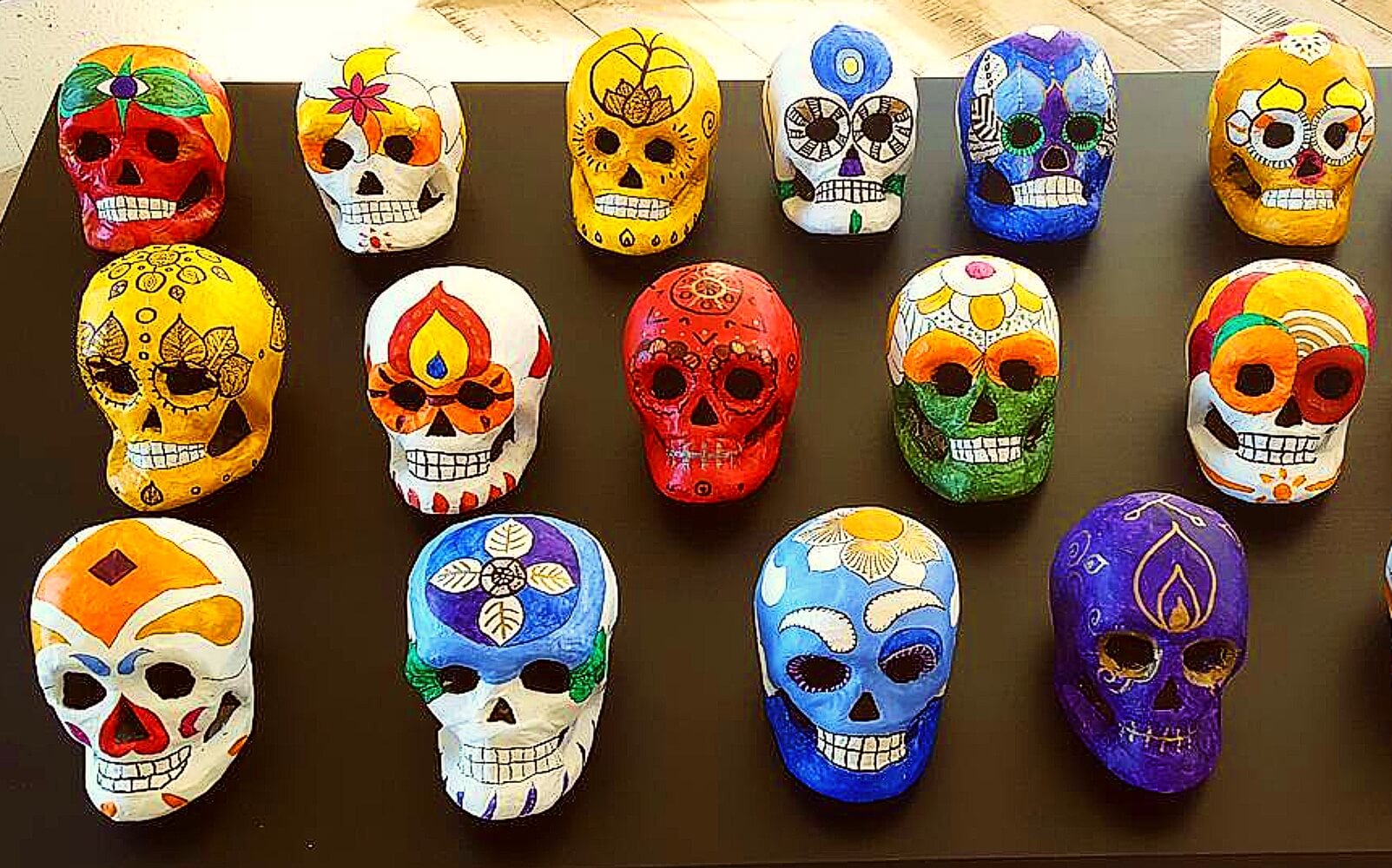
The permanent exhibits above are usually augmented by a number of temporary exhibits that are usually housed in the Audain Gallery.
Here is a quick list of some of the past exhibits to give you an idea of what you can expect to encounter.
Art
- Marking the Infinite (Australian Aboriginal Art)
- Traces of Words (Art & Calligraphy from Asia)
- Without Masks (Contemporary Afro-Cuban Art)
- Safar/Voyage (Contemporary Middle Eastern Art)
Politics
- Speaking to Memory (Images from St. Michael’s Residential School)
- Arts of Resistance (Politics and the Past in Latin America)
- Amazonia (Rights of Nature in the Amazon)
Be sure to check out the What’s On Section to see what’s on deck next.
Museum of Anthropology Visitor Tips
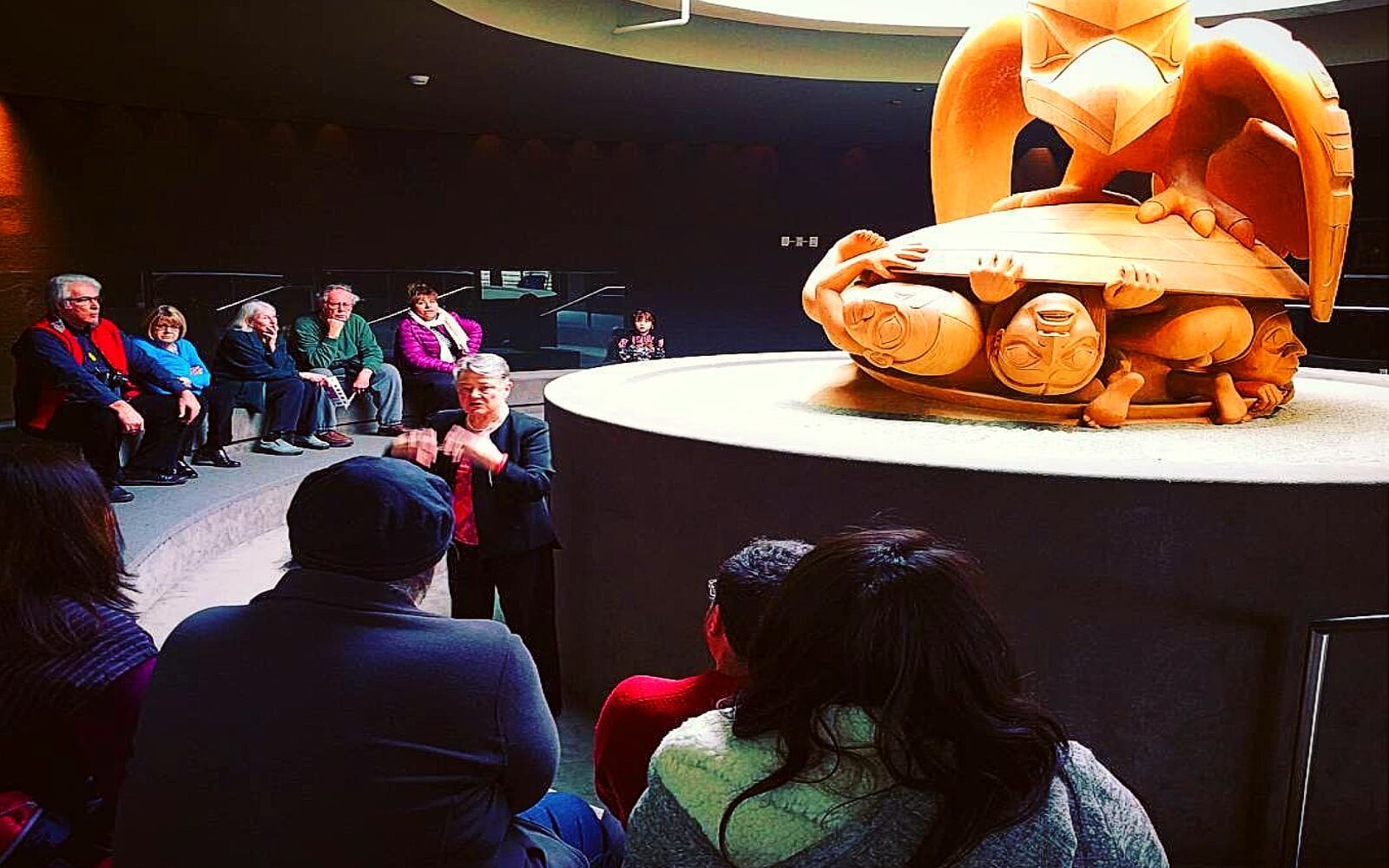
Visit via the 99 B-line Express Bus
If you’re taking transit from downtown to visit the MOA, make sure you visit via the 99 B-line down Broadway in conjunction with the Canada Line.
This express service only makes 8 stops on it’s journey to UBC, which will shave 10 minutes off of your travel time when compared with a non-express route.
Take the free tour
We highly recommend timing your visit to coincide with one of the free 60 minute tours offered by museum staff.
Unfortunately, Indigenous history, traditions and legends remain little known to most Canadians, let alone those from other countries.
The MOA’s knowledgable and friendly staff will place many of the items you encounter into their proper historical context and provide you with important background information.
But perhaps most importantly, they’ll make it more fun!
Budget 2-3 hours for your visit
The MOA is hands down the most popular museum in Vancouver. The unique subject matter coupled with the rather voluminous collection means that most visitors will need at least 2 hours to see all of the exhibits.
If you decide to take a tour you may want to budget a little extra time to peruse the exhibits on your own. Be sure to time your visit accordingly.

Check Out the Raven and the First Men Sculpture
The highlight for most visitors tends to be Bill Reid’s famous Raven and the First Men.
Make sure to check out this famous piece, and the rest of the Bill Reid Rotunda to see Coastal First Nations artwork at it’s finest.
Take a walk around the grounds
The museum entrance is chock full of spectacular Musqueam artwork.
These works serve to welcome you to their traditional territory in much the same manner as their ancestors would have done generations prior.
The outdoor exhibit around back houses a beautiful collection of totem poles, house boards and a traditional Haida house, all sitting adjacent to a beautiful reflecting pool.
The MOA grounds are almost a site amongst themselves, so be sure not to ignore one last incredible photo opportunity.
The Museum of Anthropology Prices
Rates of admission:
- Adults: $15.00
- Seniors (65+) and Students: $16.00
- Families (two adults, maximum 4 children): $35.00
*Children under 6, indigenous people and UBC students are free.
The Museum of Anthropology Hours
- Tuesday to Sunday: 10:00 am – 5:00 pm
- Mondays: closed
The MOA gift shop is open Tuesday to Sunday from 11:00 am to 5:00 pm.
Update (01/16/24): The Museum of Anthropology is closed until June 2024 for seismic upgrades.
Museum of Anthropology Cafe
The MOA has a small cafe that offers hot and cold drinks as well as selection of pastries, sandwiches and hot food options.
- Tuesday to Sunday: 10:00 am – 4:30 pm
- Mondays: closed
How to Get There
Address: 6393 NW Marine Drive, Vancouver BC
The museum is nestled in the Northwest corner of the campus of the University of British Columbia, around 8 km from Vancouver’s Downtown.
For custom directions click on the Google Maps link above.
Public Transit
Unfortunately there’s not yet a Skytrain out to UBC, but you’ll be happy to know that the MOA is very well serviced by many city buses.
The #25,#33,#41,#43,#44,#49,#84,#480 and #99 B-line buses all terminate at the UBC Exchange, just a 10 minute walk away.
Looking for the fastest and most efficient route to get to MOA from downtown?
I’d take the Canada Line coupled with the 99 B-line express bus.
- Enter a downtown station serving the Skytrain’s Canada Line (Waterfront, City Centre or Yaletown). Purchase a one zone ticket ($3.15 or $2.55 with a Compass Card).
- Board a South-bound train bound for Richmond-Brighouse or YVR and stay aboard until you reach Broadway-City Hall Station.
- Exit the station and cross the street to the North-West corner of Broadway and Cambie. Then locate the bus stop that services the 99 B-line express bus (in front of Blenz Coffee).
- Board the bus and stay aboard until the terminus stop at the UBC Exchange Bay 1 (8 stops). Your fare is still good!
From there you have two options:
1) Walk From the UBC Exchange to the MOA
The journey through the heart of the UBC campus should take you around 10 minutes.
Visit the Museum of Anthropology website for a detailed map complete with pictures.
2) Board the #68 UBC Exchange/ Lower Mall Shuttle Bus
You may walk over to UBC Exchange Bay 2 and grab the #68 bus. This bus will drop you in front of the MOA on NW Marine Drive.
*The #68 bus runs approximately every 30 minutes, so you may end up waiting longer than it would take to walk.
For more information on the Vancouver transit system check out our Vancouver Public Transport user guide.
For schedules, visit the Translink website.
Museum of Anthropology History
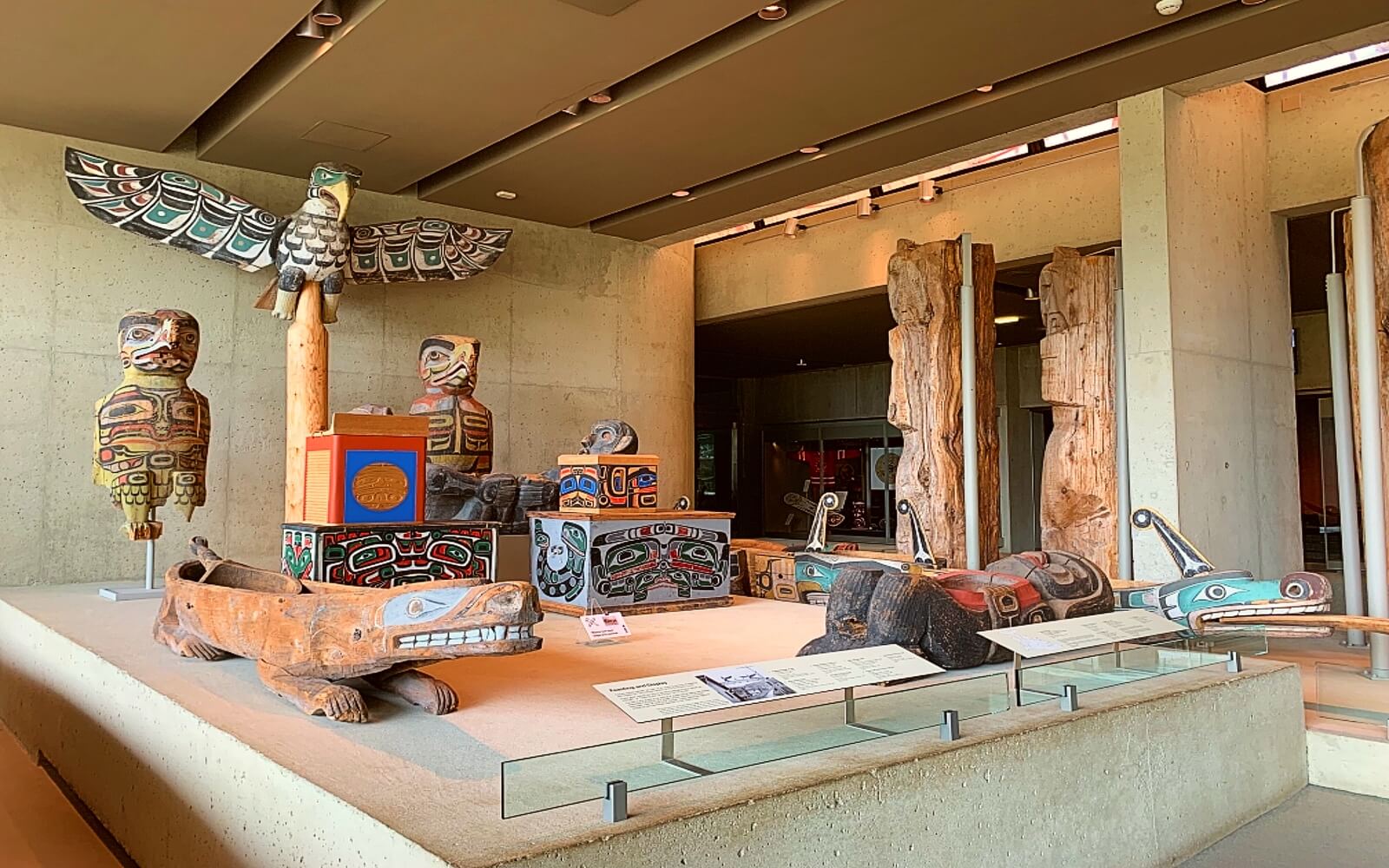
The Vancouver Museum of Anthropology opened as a department within UBC’s Faculty of Arts in 1949.
The museum moved into to it’s current facility in 1976 to house it’s ever growing collection of antiquities.
Its magnificent concrete and glass structure is inspired by the post and beam architecture typical of Indigenous longhouses prior to European contact.
2010 saw the MOA undergo a significant renovation and expansion, which increased it’s size by 50%. This served to enhance it’s public spaces, research infrastructure and archives.
Currently the museum is expanding even further to upgrade it’s facilities for performances and programming.
Vancouver Museum of Anthropology FAQ
Where is the Museum of Anthropology?
The Museum of Anthropology is located at 6393 NW Marine Dr. on the campus of the University of British Columbia near Vancouver’s Westside.
How to get to the Museum of Anthropology?
To get to the Museum of Anthropology, take the bus to University Endowment Lands and walk 10 minutes to the Museum of Anthropology in Vancouver, Canada.
When is the Museum of Anthropology open?
The Museum of Anthropology in Vancouver is open Tuesday to Sunday from 10 am to 5 pm, with extended hours on Thursdays until 9 pm. Currently, it is under renovation until June 2024.
How much is admission to the Museum of Anthropology?
Admission to the Museum of Anthropology costs $18 for adults, $16 for seniors (55+) and students, and $47 for families (2 adults + 4 children). Admission is free for Indigenous peoples, children under 6, UBC students, staff, and faculty.
What is the Museum of Anthropology known for?
The Museum of Anthropology is known for its extensive collection of Indigenous art and artifacts from the Pacific Northwest Coast, including totem poles, masks, and other cultural objects.
Why is UBC museum closed?
The UBC Museum of Anthropology is closed temporarily due to maintenance, renovations, or unforeseen circumstances. Always check their website or contact them directly for the latest information on closures.
Visiting the Museum of Anthropology?
Feel free to reach out to us on our Vancouver Planner Facebook page or in the comment section below if you have any further inquiries!
We’ll respond within 24 hours with information, custom advice, or any other assistance you may require regarding Vancouver.


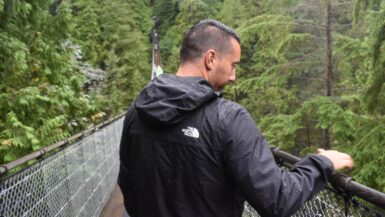


Leave a reply